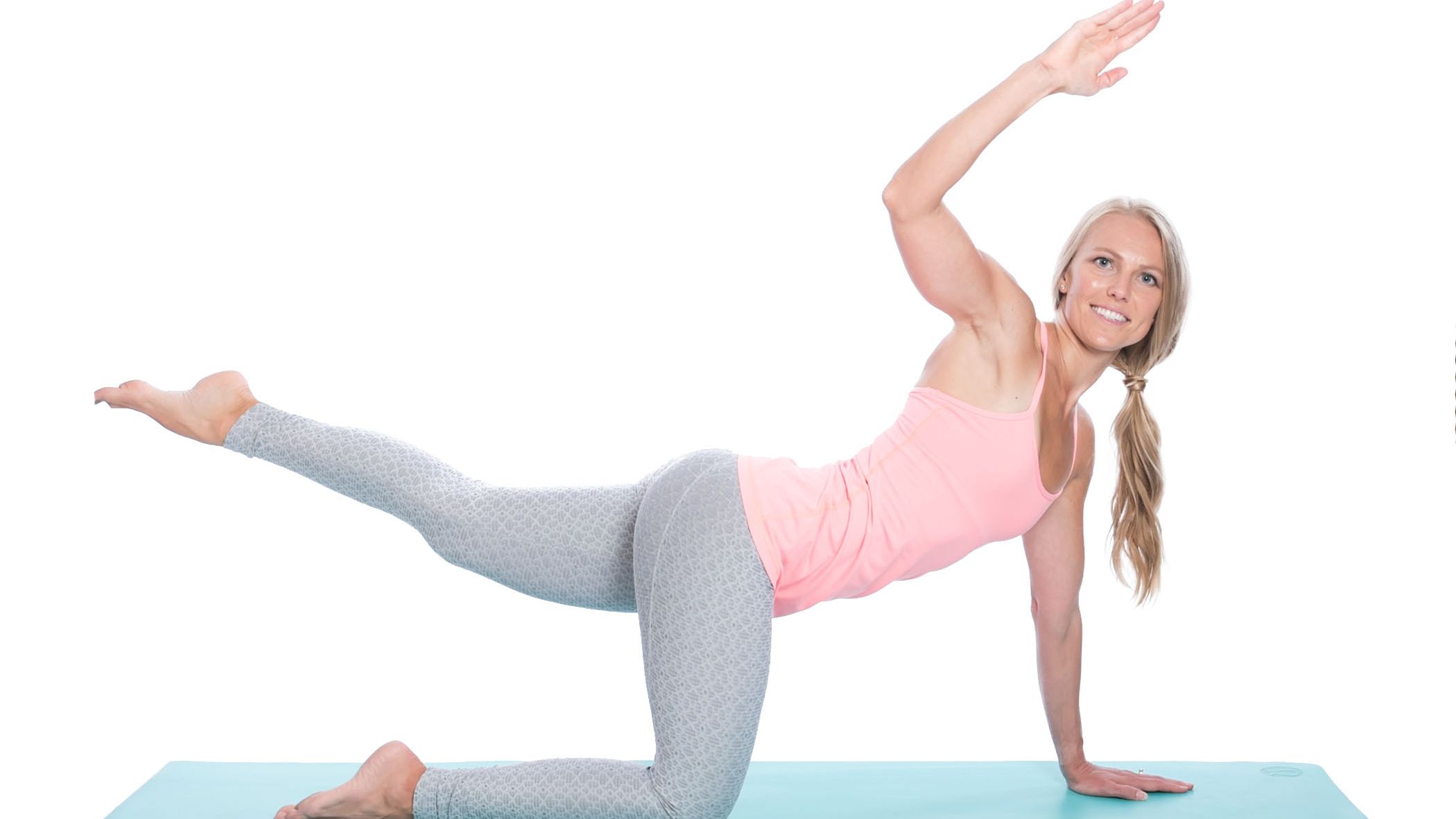The Fascia Factor: Why Tapping Into Movement & Release Makes You Feel Taller, Stronger and More Alive
Nov 20, 2025
If you’ve been following my work, you already know that fascia is one of my favorite topics to teach — and for good reason. Fascia influences everything from your posture and breath to your strength, mobility, and overall well-being. Yet despite solid scientific evidence, it’s still one of the most overlooked systems in the body and rarely taught in traditional fitness settings. Today, I want to break it down for you once again and show you exactly why fascia matters — and how learning to tap into it can completely transform the way you move and feel.
What is fascia (and why you should care)
Let’s start with the basics: fascia is not just “that sticky stuff” around the muscles. It’s a continuous, three-dimensional connective tissue network that envelops muscles, bones, organs, nerves, blood vessels—basically everything.
When fascia is healthy, it glides, supports, absorbs shock, and transmits force. When it’s restricted—due to inactivity, trauma, repeated stress, poor posture, or scar tissue—everything changes: you might feel tightness, stiffness, reduced range of motion, maybe even pain far from the original site.
In my programs, this means unlocking the fascia means unlocking your movement potential—and that can translate into feeling taller, more open, less “stuck,” less pain, stronger, and more you.
Why this matters for you (and for our Core Athletica community)
-
Better posture & an upright presence
Tight fascia often pulls you into sub-optimal positions—rounded shoulders, forward head, reduced hip extension. When fascia is freed, you can stand taller, move cleaner, and feel more aligned. -
More efficient movement, less compensatory strain
When one area is restricted, your body “cheats” by using another area. Freeing fascia helps restore proper chain-connections, so the hips, spine, shoulders, pelvis work in harmony rather than competing. -
Faster recovery + less soreness
Movement and release support tissue resilience. With our Pilates-infused movements, this means an individual can move better, feel less “grippy,” have fewer aches, and bounce back quicker. -
Deeper mind-body connection
Fascia is rich with sensory receptors. When you tune into the sensations of release and glide (instead of just “doing the exercise”), you deepen awareness. That’s core to Core Athletica's ethos of “stand tall + be confident.”
How to tap into your fascia: Practical tools you can use today
Here are easy-to-implement ways to integrate fascial-focused movement and release into your routine (and something your clients can take home too).
-
Self-myofascial release tools: my 9" soft exercise ball or a soft foam roller. Use slow, sustained movement + pressure—not just rolling/moving fast. The goal: find the “sticky” spots, breathe, and wait for the tissue to soften. (Note: always use caution if you have acute injury or open wounds.)
-
Movement flows that help your body find better balance and connection: Think of patterns like “reach-rotate-reach” (rotations - spine), “connect-lift-reach” (mermaid stretch - hips), “spiral-open” (thorax + shoulder girdle). Emphasize the sense of tissue gliding, not just muscular contraction. Reach in opposing directions to really lengthen and move your fascia (+ body).
-
Pilates integration: In my programs, I often cue to “lengthen” at the end of a movement. It’s that gentle extra reach at the end of a movement that helps your fascia soften, lengthen, and find more space.
-
Breath + release cues: As you inhale, breath out laterally into your ribs and your low back and imagine that breath going into the fascia throughout your body. As you exhale, lightly connect your pelvic floor + deep core and imagine the fascia unwinding. This supports the nervous system in shifting from tension to relaxation.
-
Consistency over intensity: It’s better to do a little fascial release every day than a big blitz once a week. Fascia remodels slowly; consistency wins.
For our instructors + movement specialists: Coaching tip for your clients (or yourself)
When you lead clients/patients through a session, invite them to notice how their body feels before and after—“where am I holding tension?” “What feels different?” “Where do I feel more space or length?” This internal awareness is gold: it helps them connect movement to outcome, which supports retention, referrals, and their real-life transformation (which you know as our brand story).
Why this matters for your body
Our bodies are meant to flow, to reach, to open. But when the fascia is tight, static, locked in patterns of restriction, we miss out on the full expression of what we’re capable of. My hope for you is this: you feel the space inside your body, you move with intention, you breathe more deeply, you have more energy + strength, you stand taller—because your fascia is finally participating, not resisting.
If there’s one thing I know to be true: movement is medicine—but fascial movement is the gateway to so much more… more ease, more strength, more freedom. And I can’t wait for you to experience just how powerful that can be.
Stand tall. Be confident. You’ve got this.
✨If this speaks to you and you’re ready to take the next step, come join me in my Core Rehab Program—where you’ll learn how to tap into your fascia, build deeper strength, and transform the way your body feels.
✨Ready to expand your knowledge of fascia, the deep core, and pelvic floor?
If you’re looking to elevate your coaching or patient care with movement that creates real, lasting change, I’d love to support your growth. Join me inside one of my Core Athletica® Instructor Training programs and experience the deeper education your clients deserve.














